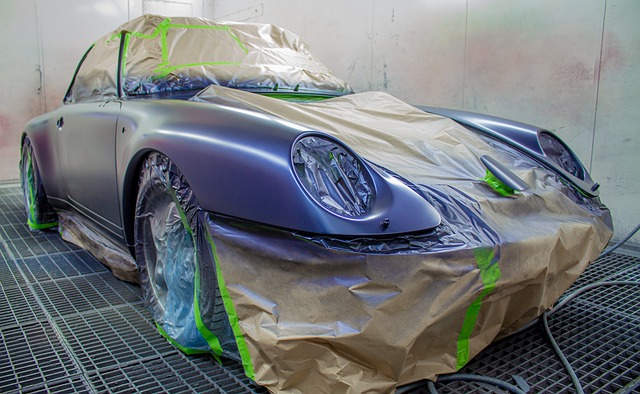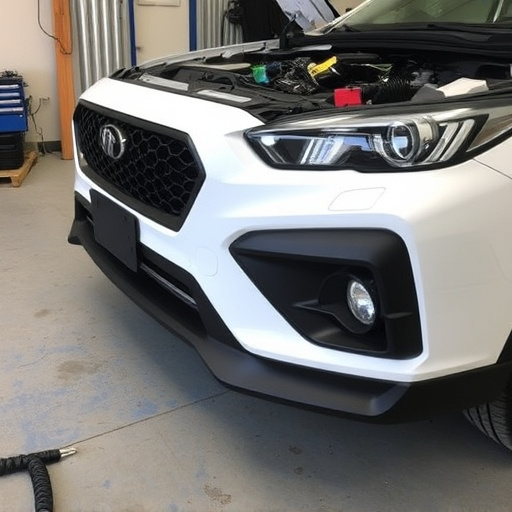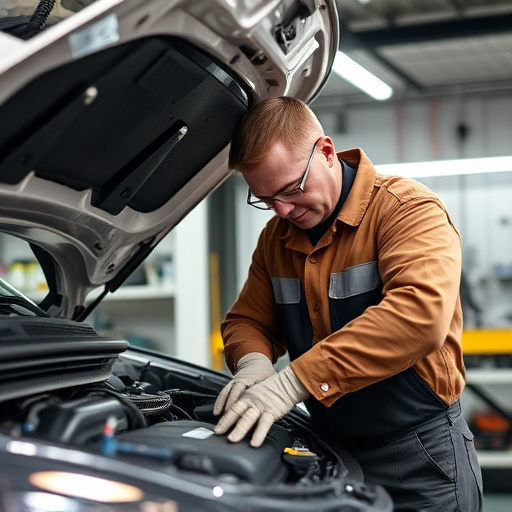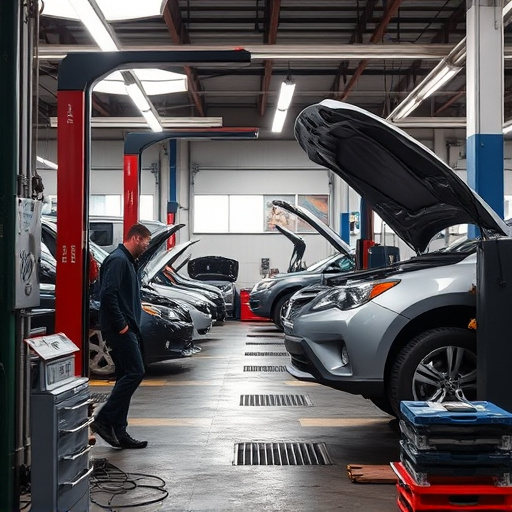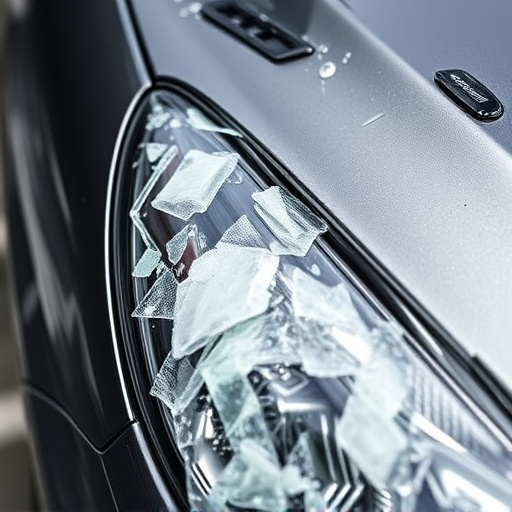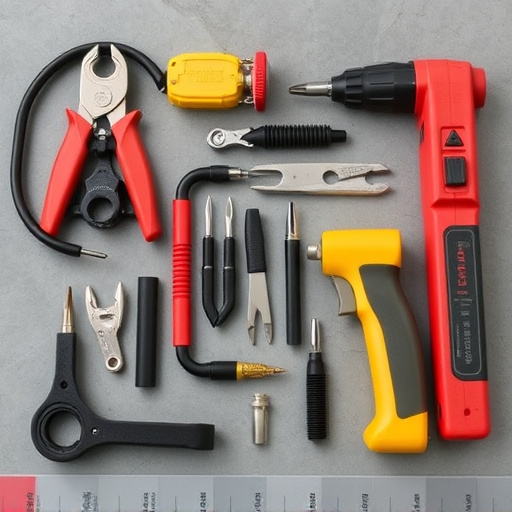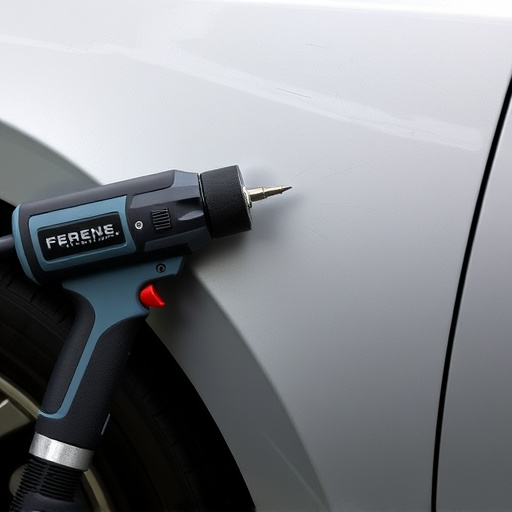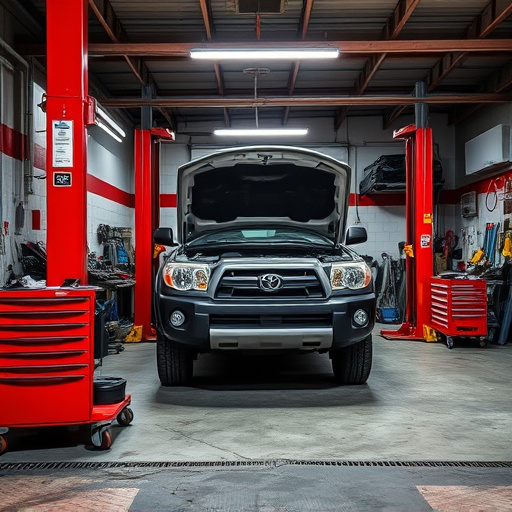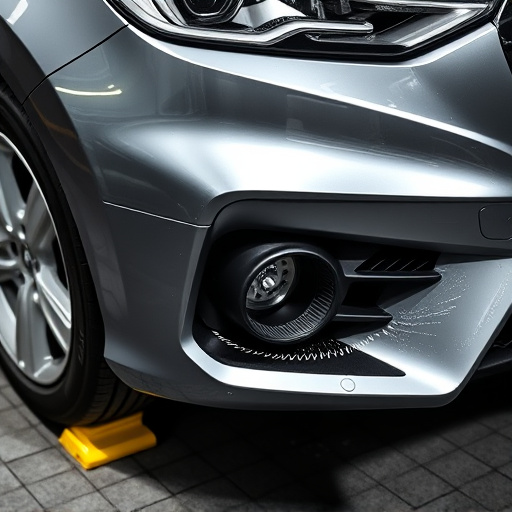Replacing car moldings after collisions requires skill and precision. Automotive professionals carefully remove damaged moldings, measure and fit new ones made of durable materials, restoring aesthetics and safety. Effective communication with clients involves clear language, visual aids, and active listening to build trust. Staff training through demonstrations, role-playing, and regular assessments ensures consistent service quality in molding replacement collision repairs.
In the automotive industry, clear molding replacement is a specialized process that demands precision and effective communication. This article explores staff training as a crucial component in achieving consistent service delivery for collision repairs featuring clear moldings. We’ll delve into the molding replacement process, uncover powerful communication strategies for handling collisions, and present effective training techniques to ensure your team provides exceptional customer experiences while mastering this intricate task.
- Understanding Molding Replacement Process
- Effective Communication Strategies for Collisions
- Training Techniques for Consistent Service Delivery
Understanding Molding Replacement Process
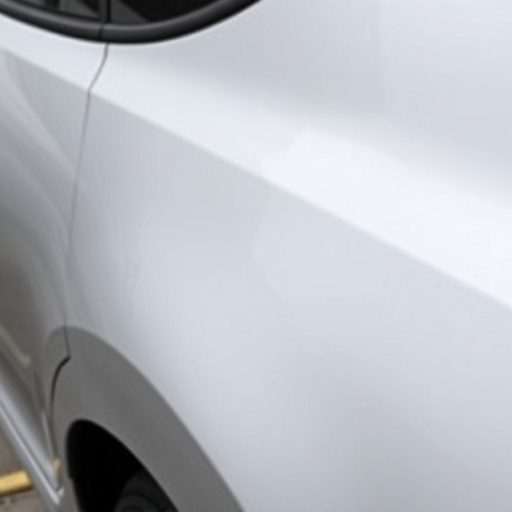
The process of replacing car molding, often due to collisions or damage, is a meticulous art that requires skill and precision. It’s more than just swapping out a broken part; it involves understanding the intricate interplay of various components to ensure a seamless fit and finish. For automotive professionals, especially those at reputable auto repair near me, mastering this skill is paramount.
Collision repairs demand careful attention to detail, as even minor misalignments can impact the overall aesthetics and safety of the vehicle. The replacement process begins with removing the damaged molding, taking care not to disturb neighboring parts. Then, new moldings, often made from durable materials like plastic or composite, are measured, cut, and fitted precisely to match the vehicle’s contours. This meticulous approach ensures that when the job is complete, the car looks as good as new, both inside and out, and any concerns about vehicle repair are met with expert care.
Effective Communication Strategies for Collisions
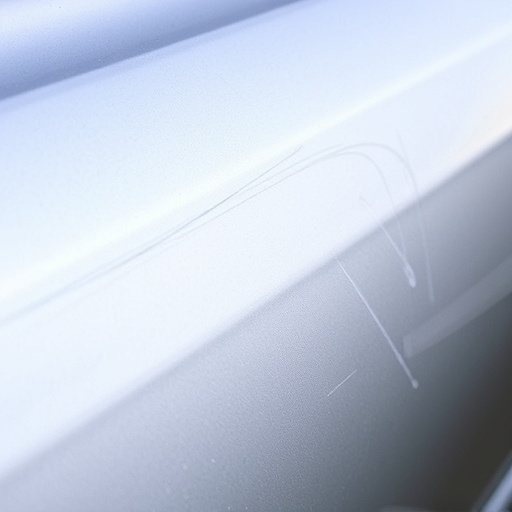
Effective communication is key when explaining molding replacement collision repairs to clients. As a vehicle body shop, it’s important to use clear and concise language when discussing car body restoration processes with customers. Begin by breaking down complex terms and procedures into simple, easy-to-understand concepts. Visual aids like diagrams or before-and-after images can significantly enhance understanding, allowing clients to visualize the molding replacement collision repair process and its benefits.
Additionally, active listening is crucial during these conversations. Encourage clients to ask questions and address their concerns openly. Using non-technical language and avoiding jargon fosters a comfortable environment where clients feel empowered to engage in discussions about their vehicle’s molding replacement collision repairs. This approach builds trust and ensures they are well-informed about the vehicle body repair process, leading to higher satisfaction with vehicle body restoration services provided.
Training Techniques for Consistent Service Delivery
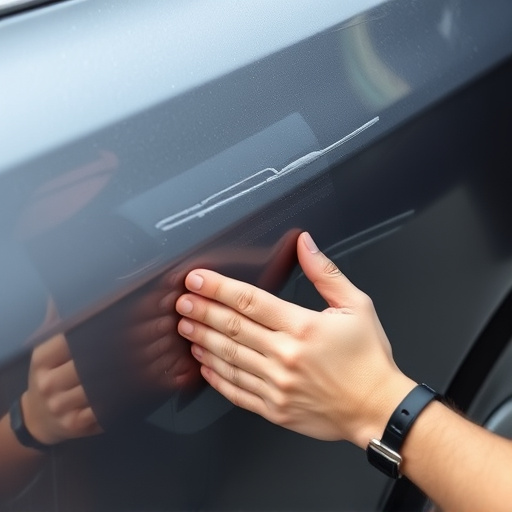
Effective staff training is pivotal for delivering consistent service quality in molding replacement collision repairs. Interactive and hands-on training methods prove more successful than traditional lecture-based sessions. These include practical demonstrations, where experienced technicians guide new team members through each step of the molding replacement process, fostering a deeper understanding. Role-playing scenarios that replicate real-world collision repair challenges also enhance learning by encouraging critical thinking and quick decision-making skills.
Additionally, using visual aids like detailed diagrams and before-and-after examples can significantly improve training outcomes. Regular refreshers and ongoing skill assessments are essential to maintain high standards in car scratch repair, fender repair, and broader body shop services. This ensures that staff not only master the technical aspects of molding replacement collision but also consistently deliver a superior customer experience.
Staff training is a key component in ensuring consistent and clear communication during the molding replacement process. By mastering effective collision explanations, using strategic communication techniques, and adopting robust training methods, your team can deliver exceptional customer service and enhance satisfaction levels following collision repairs. This not only contributes to a positive brand image but also fosters long-term customer loyalty.



